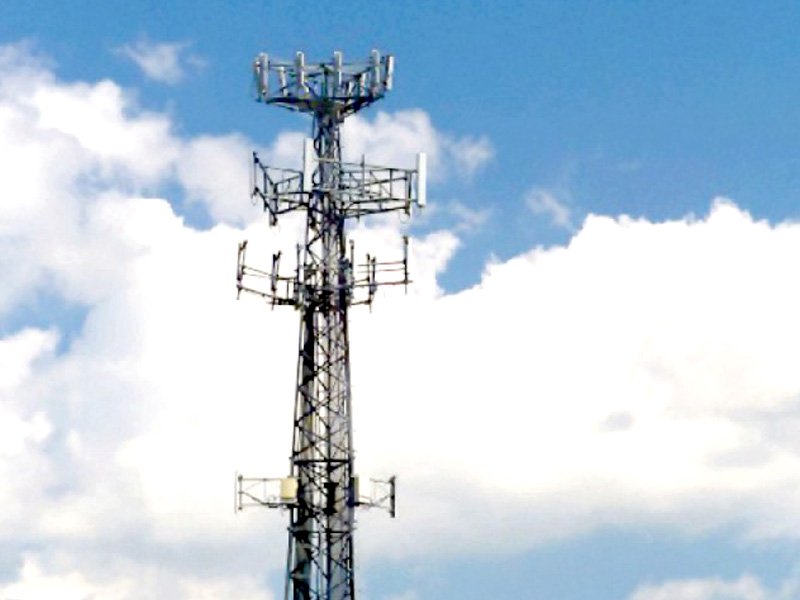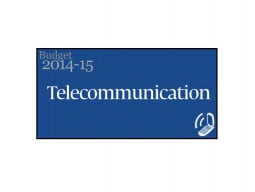
Pakistan has scored 2.09 out of 10, getting a rank of 25 out of the 26 developing telecom markets in mobile broadband connectivity, according to a recent study.
The study titled, ‘Connectivity Scorecard 2013’, a tool for ranking countries according to a measure called ‘useful connectivity’, took into account key criteria such as consumer infrastructure, consumer usage and skills, business infrastructure and business usage and skills, public sector infrastructure and public sector usage and skills, to measure the level of mobile broadband connectivity in Pakistan. The results were shared at Nokia’s “Connected Pakistan – 3G, 4G Perspectives” conference held in Islamabad. Pakistan scored low in mobile broadband infrastructure despite high use by subscribers.
“The study shows mobile broadband users in Pakistan increasingly demand high-speed mobile broadband and significantly improved network coverage across the country,” Nokia Pakistan General Manager Networks Danny Atme said. “As the world’s specialist in mobile broadband, we are committed to providing operators in Pakistan with our advanced 3G and 4G technologies, and comprehensive services to build and run the networks cost efficiently.”
The number of Wideband Code Division Multiple Access (WCDMA) subscriptions in Pakistan will overtake GSM subscriptions and there will be 103.4 million WCDMA subscriptions in Pakistan by 2019, representing 58% of the mobile market. Adoption of 4G will be more modest than for 3G for the foreseeable future, with the number of LTE subscriptions in Pakistan reaching about 6.6 million by the end of 2019.
“Although Pakistan is a late-comer to mobile broadband, the rollout of 3G services under way following the recent award of new licences, combined with increasing affordability of 3G-enabled devices and for internet access and other data services means that there is likely to be a substantial shift in Pakistan’s mobile market from 2G to 3G in the coming years,” Ovum Practice Leader Middle East and Africa Matthew Reed said.
Meanwhile, Pakistan Telecommunication Authority (PTA) Chairman Dr Syed Ismail Shah said that the conference has brought out excellent insights from various players on how to achieve further mobile broadband penetration here. “The government is committed to enabling the operators to take the mobile broadband subscription base to a new high. Together with players and advanced 3G and 4G mobile broadband technologies, we are confident that Pakistan will be able to provide high quality mobile broadband services on a par with leading services around the world.”
Published in The Express Tribune, June 24th, 2014.
Like Business on Facebook, follow @TribuneBiz on Twitter to stay informed and join in the conversation.
COMMENTS (7)
Comments are moderated and generally will be posted if they are on-topic and not abusive.
For more information, please see our Comments FAQ













































As per my understanding, 3g and 4g connectivity refers to the speed by which data will travel to and from a handset to the internet connection portal( dont know what you really call it. But im also assuming that would be the ptcl since they hold the monopoly over internet). But the data speed from there on end will be the same as it would be on any internet connection as you get on your home computers. And i dunno about the rest of you, but i have tried all available options for internet and they are all very poor, with regards to speed. So my question is, what is all the hype about if you cant even stream high quality videos seamlessly? I feel it is all hogwash.
How do you count 3G "subscriptions"? All 2G SIM cards in market can also be used for 3G, you just need the right phone. Are they counting the number of 3G enabled phones?
Only education and Purchasing power can be the catalyst.
Why on earth is PTA not taking notice of the poor quality of 2G services offered by Operators?
The volume limits on mobile broadband connections are extremely low. You have 8Mbps connections with 4GB volume limit. It's a joke.